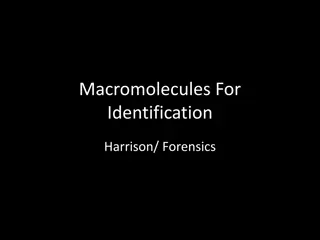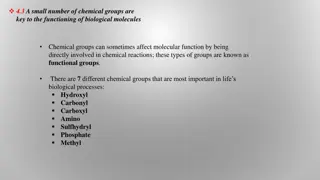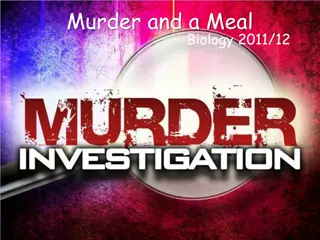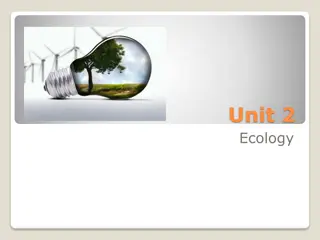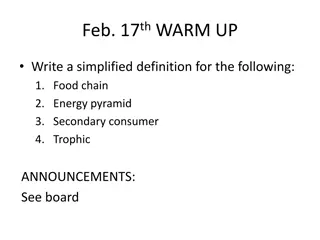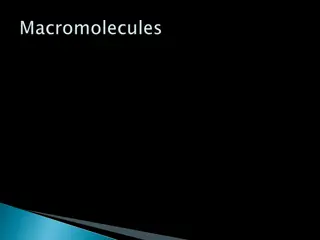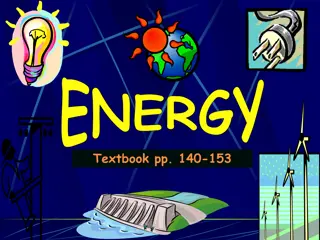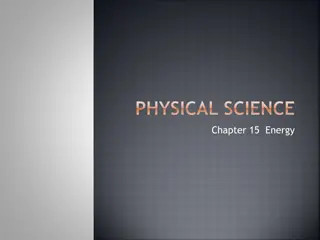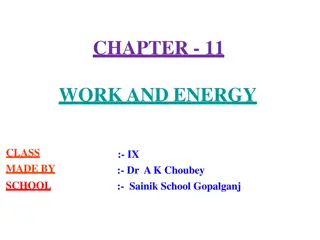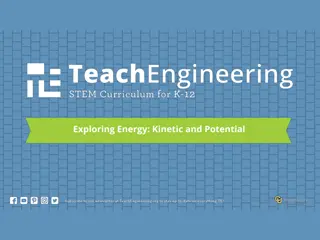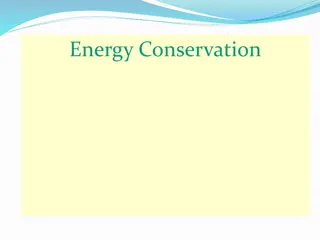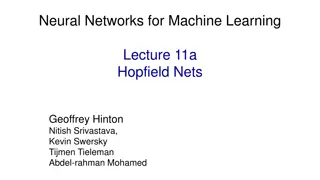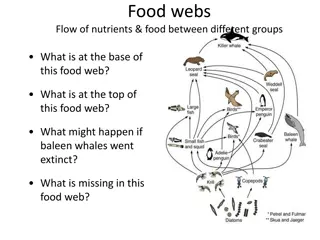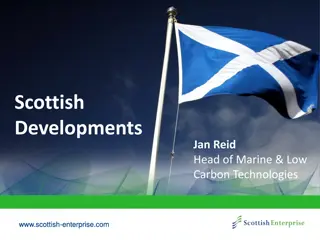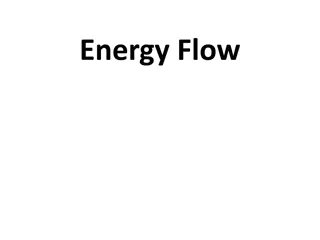Understanding Macromolecules and Energy from Food
Explore the world of macromolecules, including carbohydrates, lipids, proteins, and nucleic acids, and learn how these large molecules are formed from smaller units. Discover the role of carbohydrates in providing energy, digestion, and absorption, and delve into the different types of carbohydrates - monosaccharides, disaccharides, and polysaccharides. Also, understand how energy is gained from carbohydrates and the sources of simple sugars in our diet.
Download Presentation

Please find below an Image/Link to download the presentation.
The content on the website is provided AS IS for your information and personal use only. It may not be sold, licensed, or shared on other websites without obtaining consent from the author. Download presentation by click this link. If you encounter any issues during the download, it is possible that the publisher has removed the file from their server.
E N D
Presentation Transcript
Announcements 1. Lab Wednesday Extra Credit: bring in a food to test: MUST BE DRY and cannot not contain nuts
Macromolecules 4 Types: 1. Carbohydrates 2. Lipids 3. Proteins 4. Nucleic Acids ** All are large molecules created by joining together small ones **
How do we measure energy from food? Number of calories it provides 4 MACROMOLECULES Carbohydrates Proteins Lipids Nucleic Acids Energy gained by consuming food = calorie
Carbohydrates ** Also called saccharides ** Carbon, Hydrogen, Oxygen 1 C : 2 H : 1 O = ratio Roles: energy, digestion, absorption, eliminates toxins/waste 3 types: 1. Monosaccharide 2. Disaccharide 3. Polysaccharide
Energy Gained From Carbohydrates Eating 1 gram of carbohydrates provides your body with 4 Calories.
1. Monosaccharides Simple Sugars Example: Glucose Sources: Fruit, Cookies, Candy, Honey Sweet taste & give IMMEDIATE energy
2. Disaccharides 2 monosaccharides linked together Examples: sucrose (table sugar), lactose (milk), maltose (starch) Sweet taste & quick source of energy
3. Polysaccharides Long carbohydrate chains Complex Carbohydrates Digestion takes longer & sustained use of energy Examples: Amylose (starch), Glycogen, Cellulose Sources: bread, pasta, oatmeal, rice, broccoli, kidney beans, chick peas


